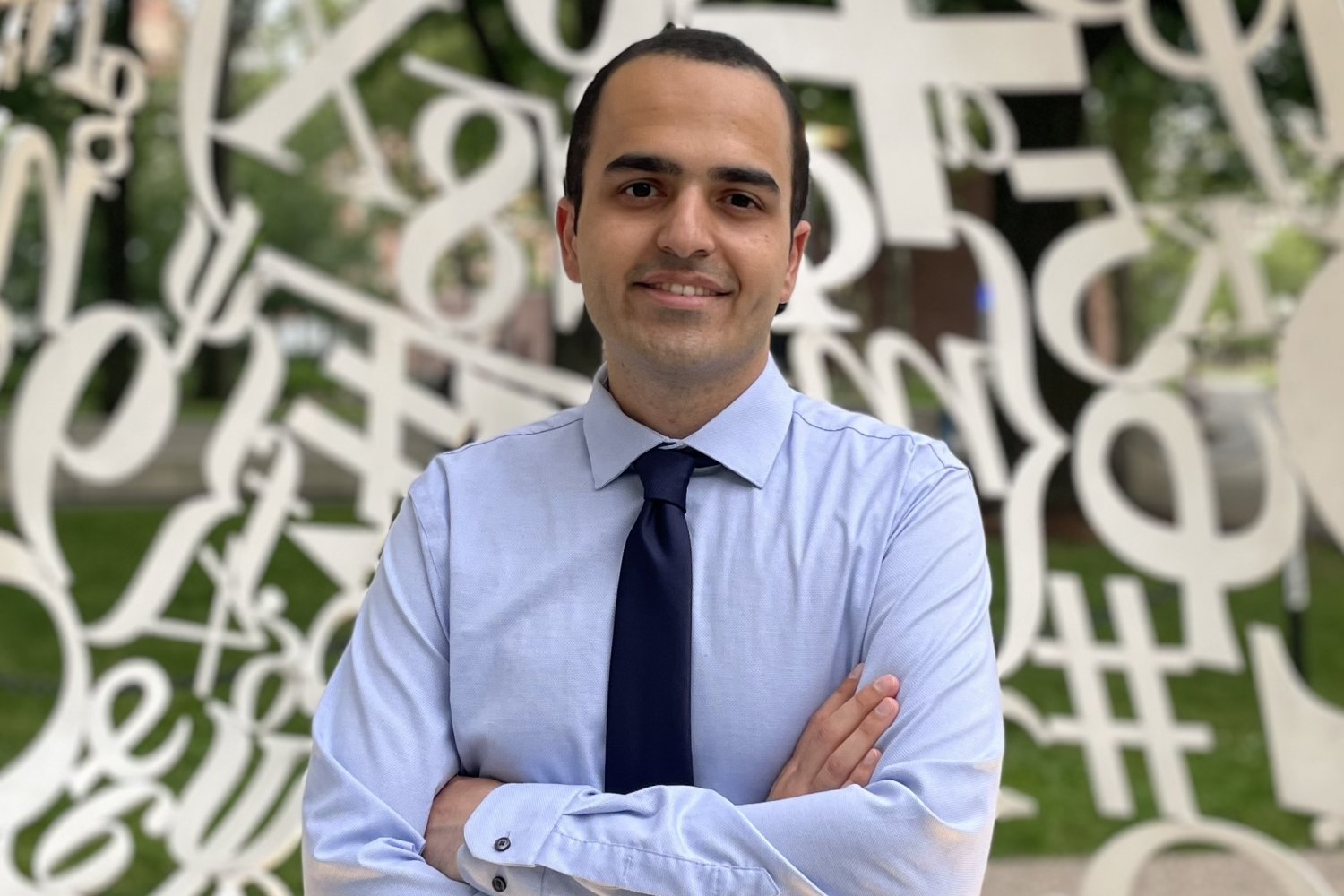
When Mohammad Javad Khojasteh arrived at MIT’s Laboratory for Information and Decision Systems (LIDS) in 2020 to begin his postdoc appointment, he was introduced to a whole new universe. The areas he knew best can be explained by “classical” physics, which predicts the behavior of ordinary objects with near-perfect accuracy (think Newton’s three laws of motion). . But this new universe is governed by bizarre laws that, while typically operating on sub-atomic scales, can produce unpredictable results.
“The rules of quantum mechanics are counterintuitive and seem very strange when you first start learning them,” says Cojaste. “But the more we know, the more it becomes clear that the underlying logic is very sophisticated.”
As a member of Professor Moe Win’s lab, called the Wireless Information and Network Sciences Laboratory (WINS Lab), Khojasteh’s work is at the cutting edge of communications, sensing, and computing power.
Growing up in Iran, Hojaste knew from an early age that he wanted to be a scientist. During his high school years, he was particularly into physics. A first-generation college graduate, he holds a dual BA in Electrical Engineering and Mathematics from Sharif University of Technology and a PhD in Electrical Engineering and Computer Engineering from the University of California, San Diego (UCSD). There, he worked at the intersection of robotics and machine learning, developing tools to protect against cyber threats and learning response planning algorithms for autonomous robots that operate safely in changing real-world scenarios. After graduating from his UCSD in 2019, I remember him calling his house with the good news. “Mom, I’m officially a doctor.”
Khojasteh is working with NASA researchers to develop planning and control algorithms for improving off-road autonomous driving and building robots for life-detection missions on other planets. After working there, I moved across the country to Cambridge, Massachusetts to attend LIDS. and WINS Labs.
“LIDS has always been at the heart of the decision-making and informatics disciplines,” he says. “As an undergraduate, and later as a PhD student, I remember reading papers and textbooks by Professor LIDS, so it was really exciting to have the opportunity to work with these renowned researchers during my postdoc. LIDS is a very interesting and vibrant environment.”
Up to this point, Khojasteh has focused primarily on classical systems such as self-driving cars, but he has always had a strong interest in quantum systems. At WINS Labs, he was finally able to focus on both pursuits in parallel.
He explains that a quantum revolution is on the horizon that will transform how devices perform sensing, computation and communication tasks. Problems that would take years to solve for conventional computers are child’s play for the large-scale quantum computers that will be available within the next few decades. For example, these new quantum computers will not only help biologists and chemists better simulate molecular interactions for designing new drugs, but also help engineers design better batteries. Helpful. These machines will also harness the laws of quantum physics to advance medical research and clinical care.
In Cojaste’s words, “This quantum revolution will change lives and help us better understand the world around us.”
Khojasteh was new to the field of quantum mechanics when he arrived at the WINS lab, so he started by reading relevant papers and discussing with his lab mates to stay up to date. In the meantime, he began working on projects related to classical systems, allowing robots to navigate while keeping their locations secret to deter potential security breaches.
As Khojasteh began to master the rules of the quantum universe, he embarked on a second project. It aimed at developing data-driven techniques for controlling the basic unit of information fed to quantum computers, and has been his main focus ever since.
While classical computers store information as electrical pulses representing 1s and 0s called ‘bits’, quantum computers use quantum bits or ‘qubits’. Based on their unique quantum mechanical properties, qubits can represent additional values, not just 0 or 1. It is also possible to represent both 0 and 1 at the same time with different weights (a phenomenon known as superposition that leads to computational advantages). However, controlling the states of these qubits is not a trivial task, as the dynamics of quantum systems are very difficult to predict. Whereas traditional approaches rely on manually designed models, Khojasteh’s method utilizes a hierarchical design that layers exploratory control, quantum tomography, Hamiltonian learning, and data-driven control techniques to improve these qubit dynamics more precisely, making quantum computers work more efficiently.
“I learned a lot from Professor Win,” says Khojasteh. “It was a great opportunity to work in his lab because few research groups have a foot in both classical and quantum physics.”
With about a year left in his postdoc term, Khojasteh began considering his next career step. He plans to apply for industrial research scientist jobs and faculty positions. Becoming a professor enabled him to continue teaching, which he greatly enjoyed while at LIDS. In addition to serving as his teaching assistant, he also volunteered at MIT’s Summer His Research Program (MSRP). Khojasteh has mentored one of his MSRP students for over a year, and the two have co-authored research together.
Whether pursuing a career as a researcher or in industry, Khojasteh aims to continue fundamental research in quantum systems. An interdisciplinary background in physics, mathematics, engineering, robotics, machine learning, and quantum mechanics gives you a multifaceted perspective that applies to all research problems you encounter.
“I am someone who enjoys crossing imaginary boundaries between disciplines and trying different ways to approach a research question,” he says. “Everyone at LIDS appreciates this interdisciplinary approach.
